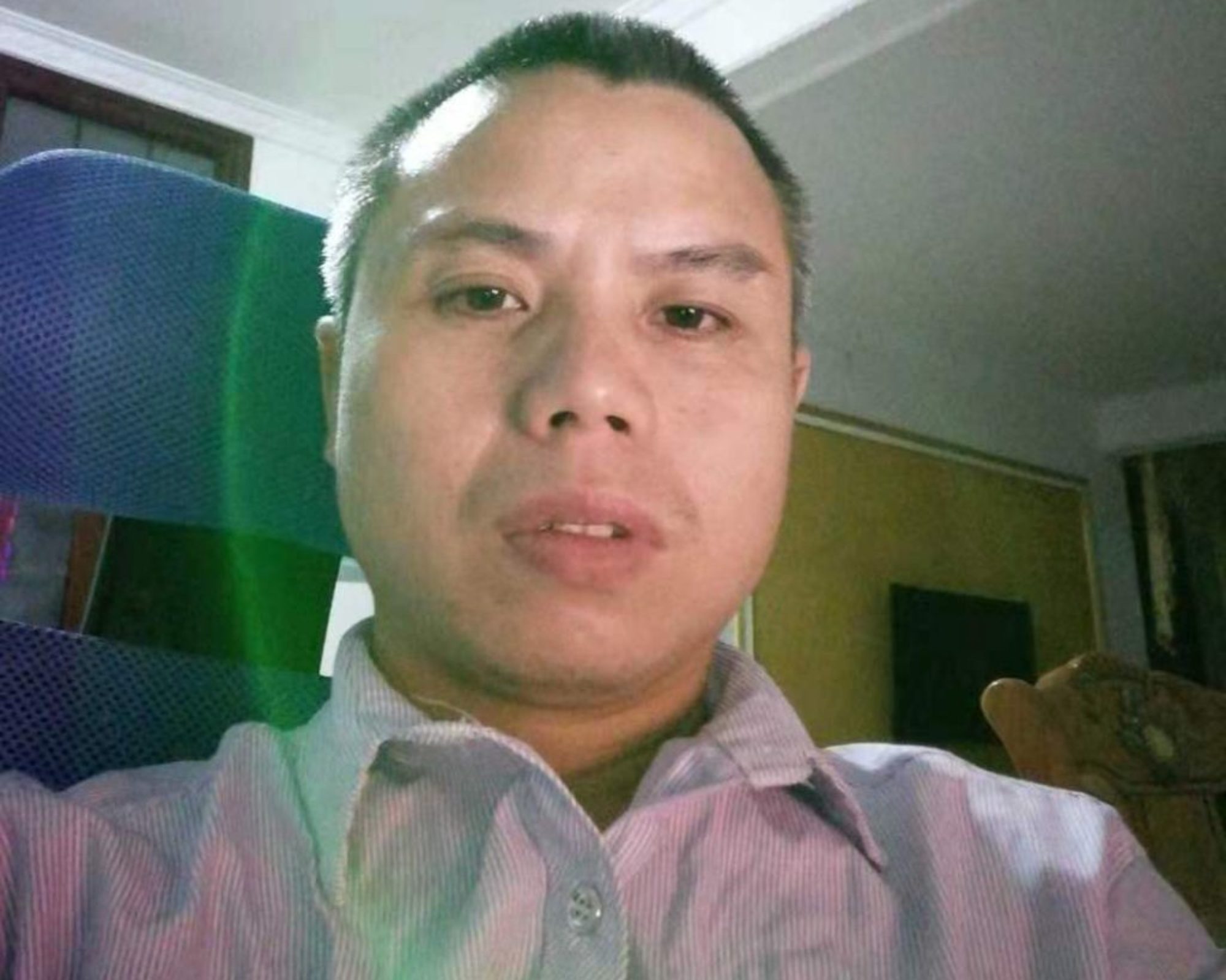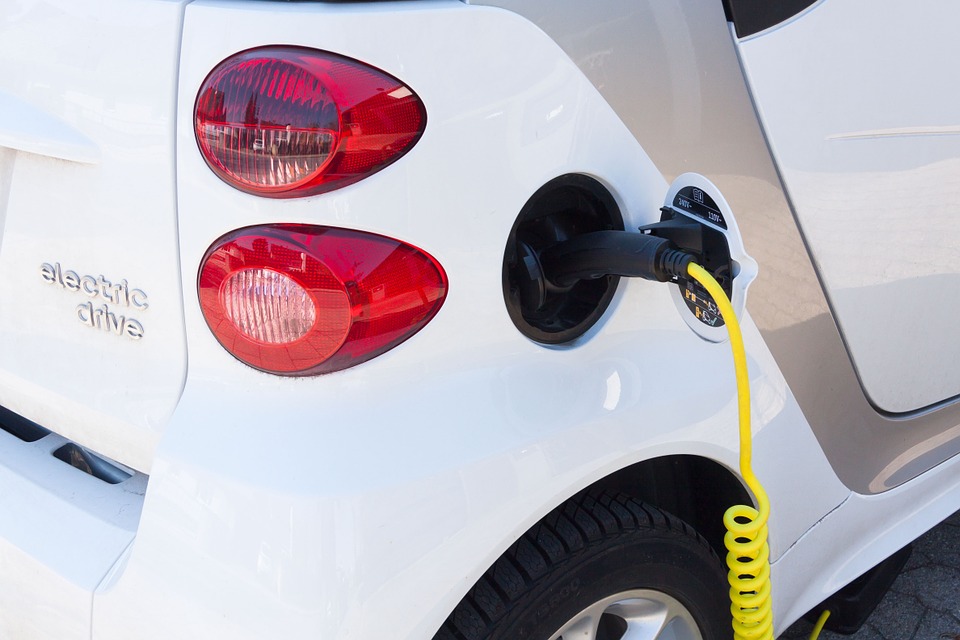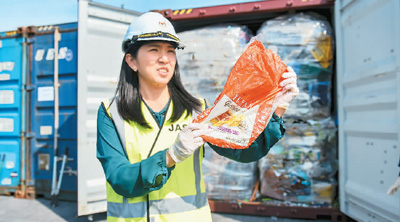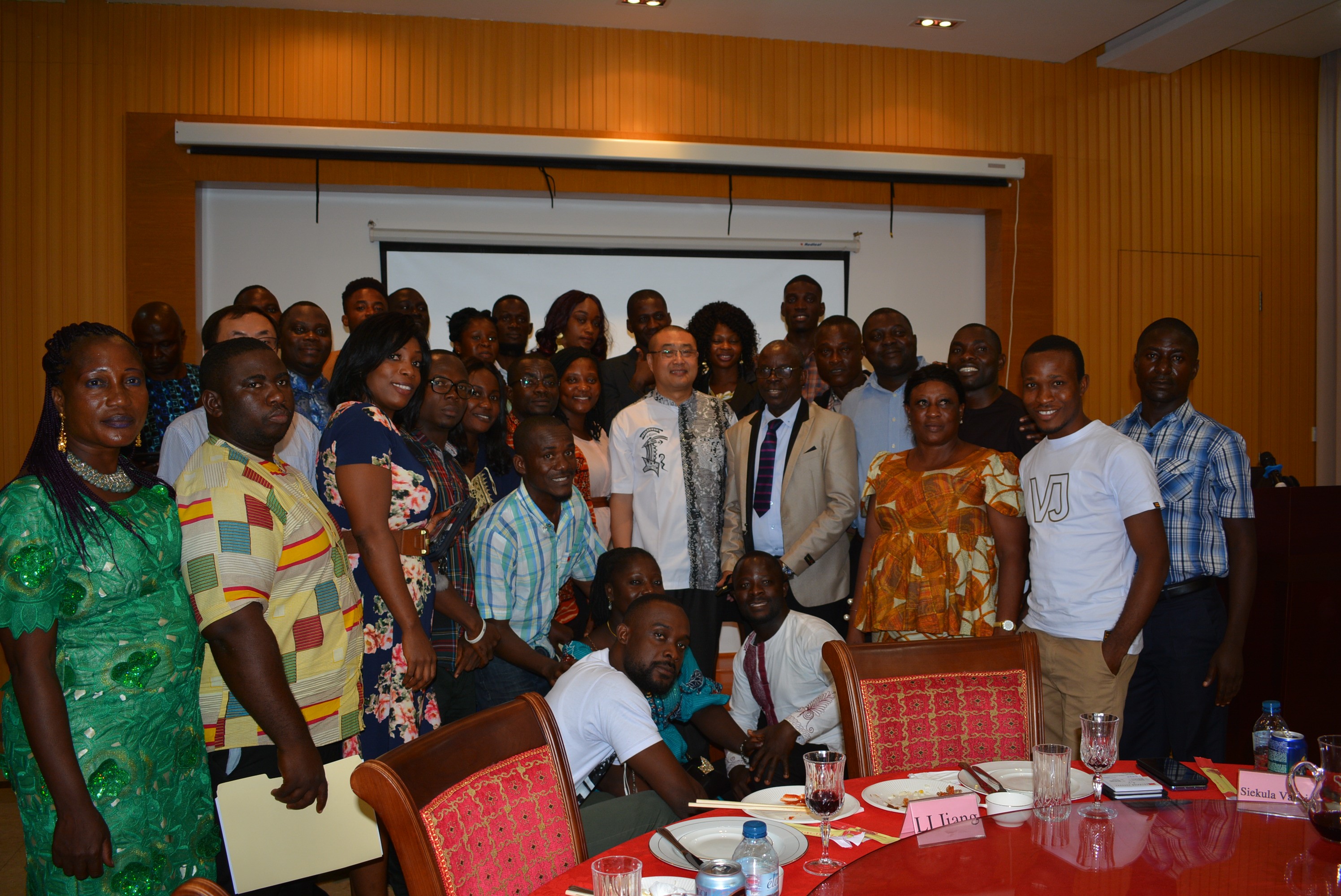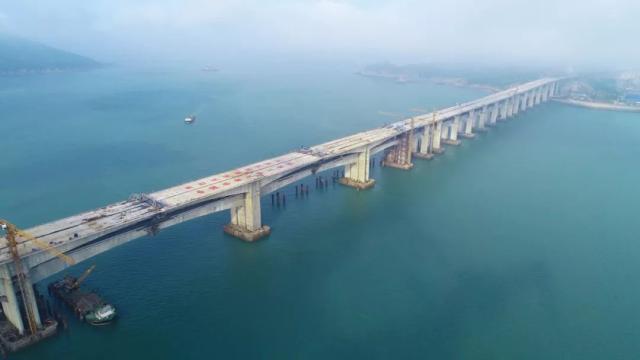By KouJie (Peoples Daily Online)15:40, July 24, 2019
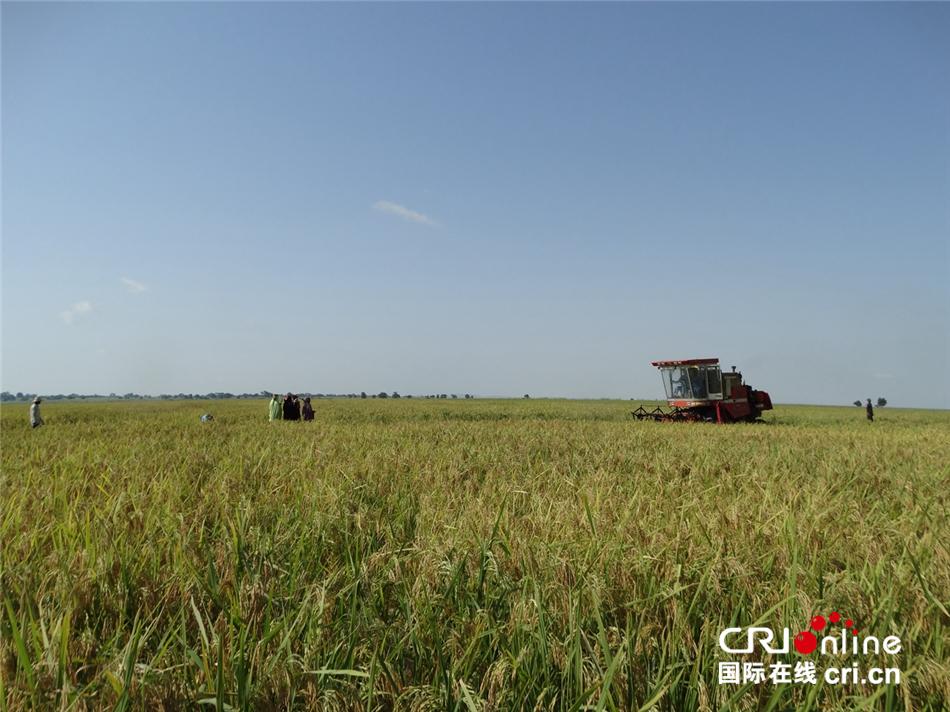
A rice farm run by Chinas CGCOC Group in Nigeria (Photo/CRI Online)
A landlocked nation with little arable land for farming, Nigeria is the most populated country in Africa. Of its 182 million people, 60 percent are living below the poverty line, while malnutrition affects some 40 percent of Nigerien children.
In an effort to tackle starvation, the Nigerian government has put considerable effort into the cultivation of rice, a crop which is suitable for the nation’s climate. Though the country is the largest producer of rice in West Africa, it is also the second-largest importer of rice in the world due to the lack of advanced technologies and an underdeveloped market.
“Agriculture has failed to keep pace with Nigerias rapid population growth, and our country now partially relies upon food imports to sustain itself,” said Matthew Olusegun Owolabi, an official with the Nigerian Federal Ministry of Agriculture and Rural Development.
“Currently, the food per capita in Africa is around 200 kilograms, while per capita food production is only 150 kilograms. By the end of 2030, the population in Africa may rise to 1.8 billion, making the food shortage even more prominent,” said Liu Dong, Senior Program Officer of the Bill Melinda Gates Foundation.
But this dilemma is about to change, as China, the world’s largest rice producer and tech leader in agriculture, recently reached out a helping hand. According to Owolabi, a Chinese-aid agricultural demonstration center will be built in Nigeria to help train professionals and provide necessary agricultural technologies.
“With its advanced rice technologies, China can feed 20 percent of the world’s population, with only 7 percent of the world’s farmland. Africa possesses 14 percent of the global arable land. With the help of China, I believe that within time it can alleviate starvation,” said Liu.
A grain of rice matters
Food deficiency and malnutrition have long been a challenge faced by African countries. According to statistics from the Food and Agriculture Organization, out of the 86 countries that are food deficient, 43 are in Africa.
In an attempt to alleviate starvation, African countries have looked to China, a country with a long history of rice cultivation. During the last four decades of reform and opening-up, the rice industry in China has achieved remarkable progress and made significant contributions to overall economic development, agricultural transformation and poverty reduction.
Since 2006, China has been working to provide new technology in agriculture to African countries, while Chinese experts and technicians have carried out more than 300 small-scale projects in nine African countries, promoted 450 agricultural technologies, and trained nearly 30,000 local farmers and technicians, Xinhua News Agency reported.
New rice varieties designed for African countries have also been provided to local farmers. According to the Chinese Academy of Agricultural Sciences, a new rice variety named Green Super Rice made its debut in April, which is suitable for Africa’s climate conditions. It can achieve an average yield increase of 0.89 – 1.83 tonnes per hectare, which is worth 230.9 dollars per hectare for local farmers.
There is obvious potential in China-Africa agricultural cooperation, especially in the rice value chain, said Zhang Ning, director for the South-South Fund Program of the China International Center for Economic and Technical Exchange under the Ministry of Commerce.
Echoing Zhang, Pedro Dzuchula, national director of Agriculture and Silviculture in Mozambique, noted that such cooperation had brought his country remarkable benefits.
“Chinese agri-company Wanbao has been providing machines and new technology to help our farmers grow more rice. So far, local rice production has greatly improved, as output per hectare can now reach 6 to 7.5 tonnes compared to only 2 to 2.5 tonnes in the past,” said Dzuchula.
During the 2018 Forum on China-Africa Cooperation, Chinese President Xi Jinping promised that China would support Africa in achieving general food security by 2030. He added that 500 senior Chinese agriculture experts will be sent to Africa to train young researchers in agri-science and entrepreneurs in agri-business.
“Cooperation in the rice industry is key to China-Africa cooperation, and the development of the rice industry is the foundation of a prosperous and stable Africa,” said Zhang.
Future cooperation
During the first China-Africa Economic and Trade Expo held in Changsha, Central China’s Hunan Province in June, Yuan Longping, a renowned Chinese agronomist who developed the first hybrid rice varieties in the 1970s and helped African nations to tackle famine, told media that China and Africa would witness more cooperation in rice production.
“We will send young Chinese scientists to Africa every year, to help African countries improve rice production, as well as develop their agricultural industry,” said Yuan.
Following Yuan’s lead, a joint initiative on strengthening south-south and triangular cooperation in the China-Africa rice value chain, proposed by seven organizations, including the China National Hybrid Rice Research and Development Center and the African Union, was also released during the expo. It called for China to help Africa solve key bottlenecks in technology, machinery and commercialization to promote value chain upgrading and agricultural transformation.
“In the future, technology transfer, professional training and infrastructure construction will be the priorities for China-Africa rice cooperation. We believe the cooperation will bear more fruit in the future, helping African countries to alleviate poverty,” said Owolabi.
![]()
